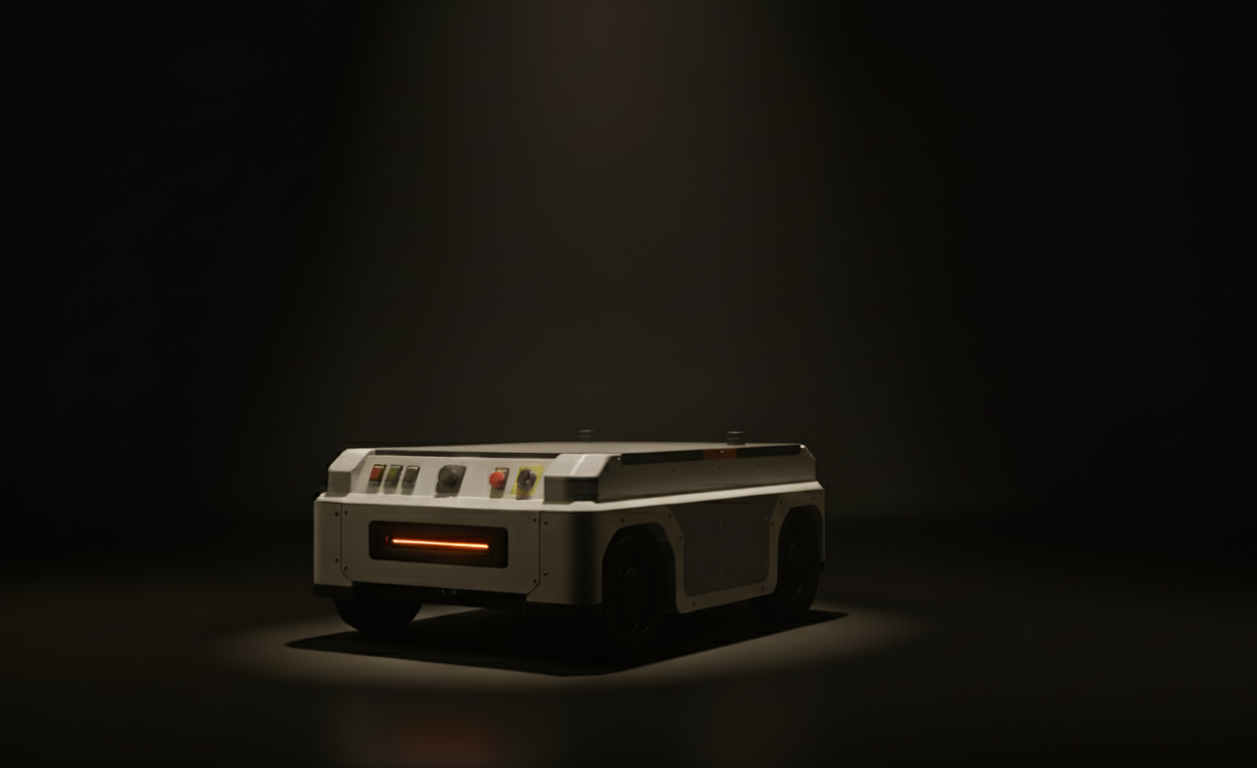Challenge
The company’s indoor robot models relied on outdated navigation stacks that were not fully compatible with newer hardware architectures or deployment environments. Each robot had distinct sensors, controllers, and workspace constraints, requiring significant updates and adaptations to bring the navigation systems up to modern standards of reliability and performance.
Goal
The objective was to improve and adapt the existing navigation stacks to match each robot’s hardware architecture and operating environment. This involved enhancing their reliability and performance by refining localization and mapping through SLAM, optimizing motion planning for smoother path execution, and improving obstacle avoidance for safe and efficient navigation in both commercial and industrial settings.
Result
I enhanced and adapted the ROS-based navigation stacks for multiple robot platforms, improving localization accuracy, motion planning efficiency, and overall navigation stability. Each system was carefully tuned to its hardware and operating context.
